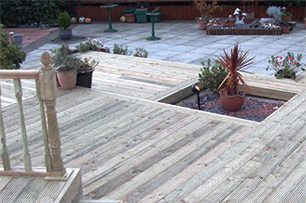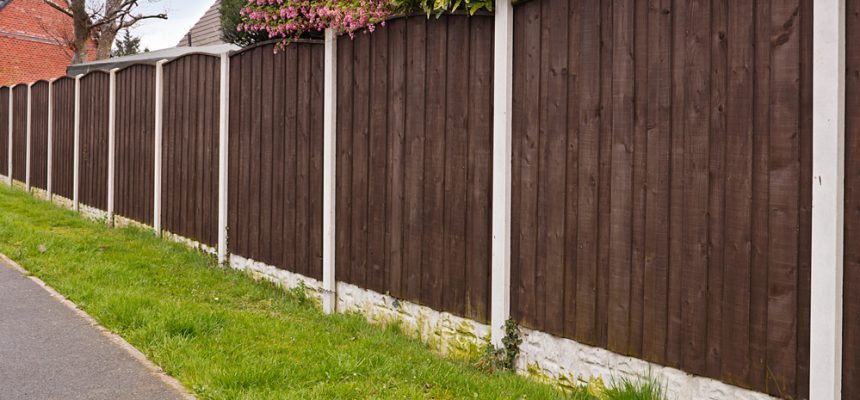Boundary disputes between land or property owners can become a long-running and expensive matter to resolve. They can occur for numerous reasons, such as a resident’s landscaping & garden design plans encroaching on a neighbour’s perceived space, a disagreement over who should be maintaining a dividing hedge, tree or fence, or the positioning of boundary fences being seen as unfairly placed.
In these occasions, property owners have three options. You can try to resolve the matter privately, you can recruit a third-party advisor, or you can pursue the matter through legal channels. To help prevent these matters from incurring unnecessary stress, costs, and time, here’s some information which may help resolve any such disagreements in their early stages.
Determining an exact boundary

A good place to start with any boundary dispute is to go back to the original title deeds, as the language or wording of the deed should help determine where a property starts and ends. In a land dispute, there will also be a title plan filed with the Land Registry, but these generally just show general boundaries. If the relevant paperwork doesn’t give a clear indication of boundaries, your next step should try to reach an agreement with the opposing party.
Seeking a Private Agreement
The UK Government suggests that the first port of call in resolving a dispute should be to speak to your neighbour to try to reach an agreement. Often a compromise can be reached, but certain disputes may be more challenging. For example, an existing misplaced boundary may result in the opposing party claiming Squatters’ Rights if they have occupied the space for a significant period of time (usually 10 or more years). If you’re unable to reach a solution privately, you may wish to call in third party advice.
Applying For Independent Help
The best place to seek advice is from the Royal Institution for Chartered Surveyors. This is a much easier, quicker, and cheaper way to resolve a dispute, as both parties simply present their case to an independent surveyor. It is not a legally-binding ruling, and it’s up to residents whether to accept the decisions. The verdict does, however, give a good indication of the direction which a court ruling is likely to go, so it’s advisable to take this decision.
Making Your Agreement Official

The UK Government website offers numerous ways to record boundary dispute resolutions to ensure that a matter is fully resolved. If taking a surveyor’s advice, you can choose to make a Boundary Agreement, which is useful in landscaping disputes, such as whose responsibility it is to maintain the upkeep of a fence or hedge. You can also apply to have your exact boundary recorded, by HM Land Registry, but your property must be registered, and both you and your neighbour must be in agreement. HM Land Registry can also correct boundary mistakes on a property title plan, if you provide adequate supporting details regarding the mistake.

Many boundary disputes come to light when a property owner decides on a landscaping project for their property, so it can be a great relief to finally resolve a dispute. Not only is the weight of the disagreement lifted, but you can proceed with your landscaping goals. If you have a project in mind, from planting, to decking, to installing a water feature, or you need help in maintaining your current outdoor features, be sure to contact Groby Landscapes. With over five decades of experience, and scores of enthusiastic testimonials, you can be sure your landscaping needs are in safe hands.
Posted in Fencing & Decking, Landscaping, News, Uncategorized
